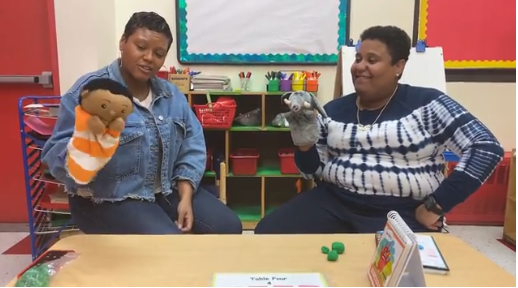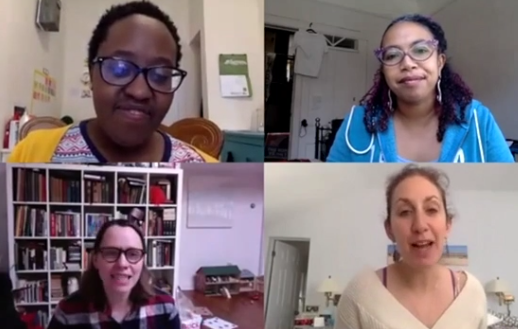In 2019, the New York State Early Childhood Advisory Council in collaboration with New York Works for Children released the Revised New York State Early Learning Guidelines: A Child Development Resource for Educators of Children Ages Birth Through Eight. This resource was developed in collaboration with partners and advisors from the NY Early Childhood Professional Development Institute, Agribusiness Child Development Head Start, Brooklyn College, the Capital District Childcare Council, the Brooklyn New School, the Neighborhood School, the NYS Education Department, the NYS Office of Children and Family Services, QUALITYstarsNY, Bank Street College of Education, the Early Care and Learning Council, Network for Youth Success, the NYC Department of Education Office of Early Learning, and the New York University Steinhardt School of Culture, Education, and Human Development.
The current revision of the Early Learning Guidelines has expanded the age from birth to 8, including early elementary. As schools and programs reopen with blended or remote learning, Family Child Care providers will be welcoming and caring for children and families with a wide range of ages.
How can FCC providers and other childcare programs use the ELG to support mixed age groups?
The ELG brings an opportunity to think about child development as a continuum within an age band that is flexible, and provides suggestions of what educators might observe at a certain age. The first range goes from birth to 35 months and is divided into four age ranges (birth-9 months, 8-16 months, 15-24 months, and 24-23 months). The next two age groupings are divided by years, one for children from 3 to 5 years old and another for children from 6 to 8 years old.
A mixed age group implies that educators would have to work with children of different ages, and therefore also with different developmental needs. Within a mixed age group, there are going to be moments where 5-year-olds will be in the same room with 8-year-olds. If an educator looked at the social emotional development domain, she would see some differences for “trusting relationships with adults,” but also opportunities for children to work together. For example, while she can observe the 5-year-old seeking help from familiar adults to transition to unfamiliar settings or to get guidance, she can observe the 8-year-old volunteering to help her in different routines. In this regard, the educator can use different strategies to allow the 8-year-old to be the familiar person that the young child (or children) in her class are starting to seek to navigate new scenarios.
Taking a Closer Look at the Revised Early Learning Guidelines’ Sections:
The revised Early Learning Guidelines are helpful to families, child care providers, and nursery- and center-based school educators in describing what to expect at different developmental stages. The guidelines include suggestions and strategies to support children’s development by providing concrete support with books, materials, activities, and interactions that are inclusive of emerging multilingual learners. It also provides a guideline for educators to know how to read the ELGs and what the Early Learning Guidelines are and are not.
As outlined in the image below, the Creativity and Inventiveness subdomain within Approaches to Learning, we can find examples of what an educator might observe for 6-year-olds. Some of these might include children using a familiar story as a basis to create and tell new ones. In the following section, educators can browse several suggestions to support what they are observing in children’s development by way of providing familiar tools to help children reflect on their process of creating.
It is important to distinguish that the ELG is a helpful guide and the examples provided by age groups are meant to be flexible. Development is a dynamic process and families and educators may observe behaviors and skills at different ages. For this reason, the ELG is not to be used as a checklist or assessment to determine whether children are developing typically. The document is a valuable resource for educators to increase family engagement, to self-reflect on their practice, and to design a rich and nurturing environment.
How do you envision the ELG will help you and families in supporting children’s development?
Ivonne Monje and Tatiana Bacigalupe are Screening and Assessment Specialists at the Institute.



